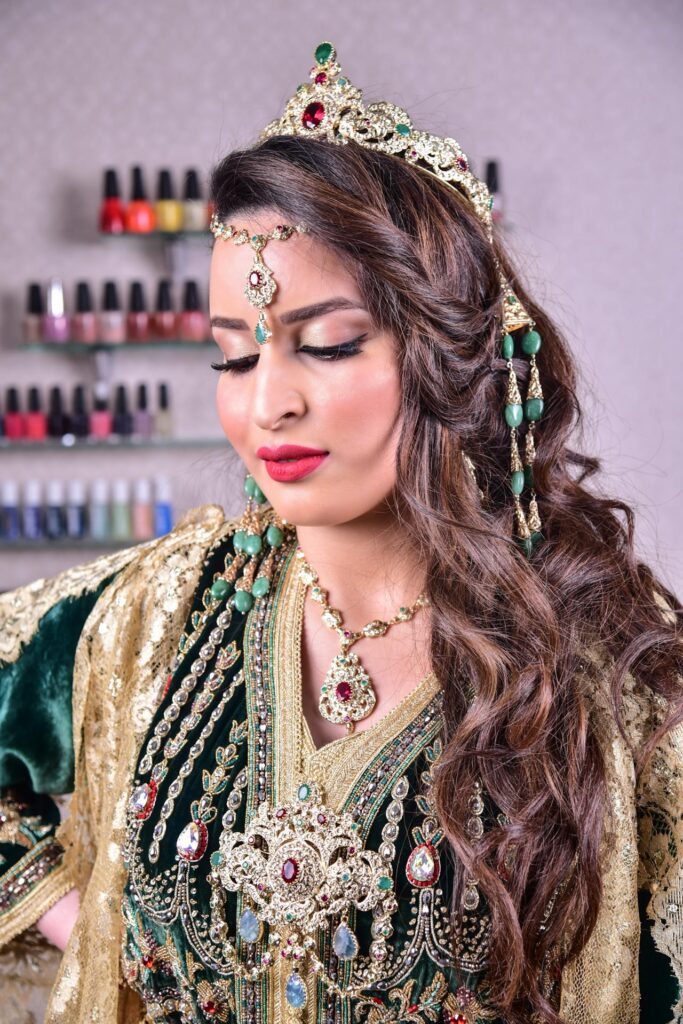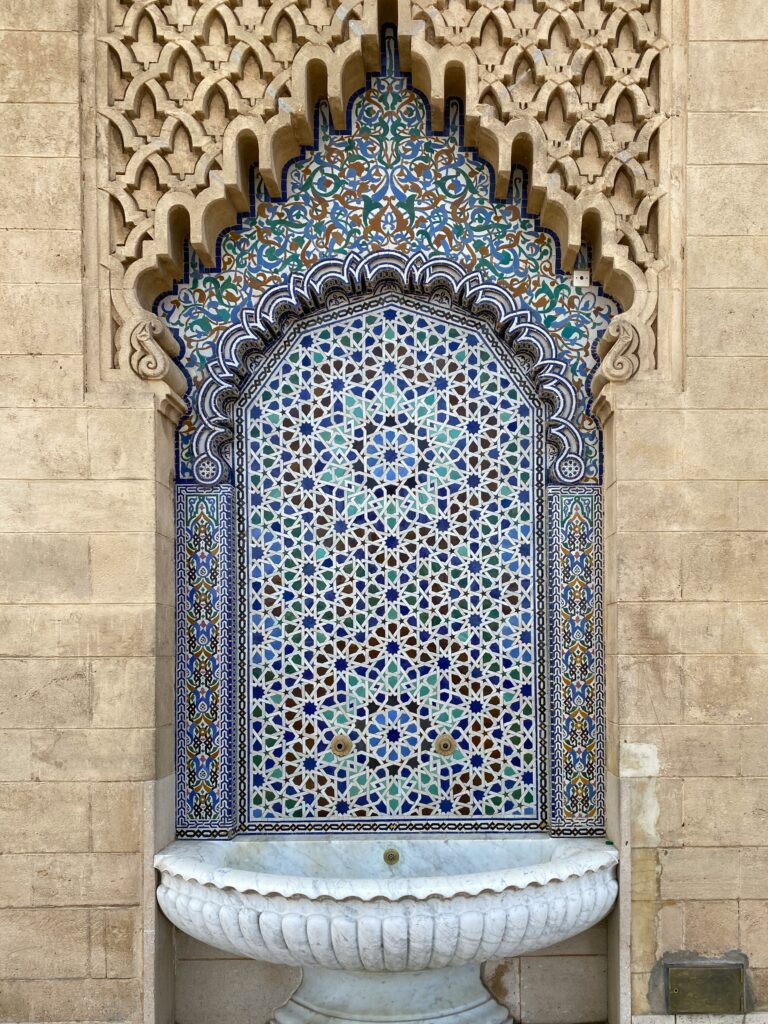Morocco: A Land of Unique Crafts and Art!
Traditional craftsmanship and design are integral to Morocco’s deep-rooted cultural heritage. Skilled artisans work various materials by hand, using both machines and traditional tools to create decorative daily objects. From table art and furniture to jewelry and clothing, you won’t be able to resist taking Moroccan souvenirs with you! Morocco is also renowned for its craftsmanship, with cities like Ouarzazate, Marrakech, Safi, Fez, and Zagora offering a wealth of handmade goods. Discover charming creations and aesthetic innovations from slippers to lounge articles.
Moroccan Carpets

Cities like Rabat, Fez, and Tetouan offer a wide range of Moroccan handicrafts, including an array of rugs and carpets for various uses. Depending on the region, these rugs often tell stories through their patterns and mixed colors. Traditionally handmade mostly by women using typical knotting techniques from Amazigh culture, these rugs can decorate floors, seating covers, bed covers, or blankets, suitable for both urban and rural settings.
Traditional Clothing

Traditional clothing, still common during festivals and ceremonies, has now adopted an innovative style. From caftans to babouches, Moroccan fashion is available in all styles. Many designers offer models that are both artistic and trendy, allowing you to try on the latest in Moroccan fashion!
Jewelry

The region of Marrakech is home to original handmade Amazigh jewelry, with many shops located in the medina near Jemaa El Fna square. Silver jewelry is also produced in cities like Goulimine, Agadir, Essaouira, Tiznit, and Taroudant. Crafted in gold or silver by skilled artisans, these pieces are sold in the souks of the old medinas.
Ceramics and Pottery

Rabat’s pottery showcases the blend of Amazigh and Andalusian cultures. Ceramics vary by region: blue patterns in Fez, yellow in Safi, and green in Meknes. Visit Safi for unique, multicolored pottery, or Azemmour where women artisans have their own structures. If you’re in Salé, don’t miss the potters’ complex at Oulja.
Wrought Iron

In Marrakech, Fez, or Safi, you will find icons of Moroccan wrought iron work. Candelabras, lanterns, mirrors, and lampshades can perfectly fit into your interiors. Magnificent woven objects made of wicker, raffia, and palm tree are also available in Fez, Marrakech, and Salé.
Marquetry and the Thuja Tree

In Essaouira, you’ll discover exquisite items crafted from Thuya, a precious wood sourced from the Atlas Mountains. For centuries, wood decoration has been a hallmark of Moroccan artistry, earning a distinguished place in the world of decor. Marquetry, featuring intricate inlays and patterns, is a traditional technique you can admire in wooden plates and various decorative items throughout Morocco. These unique pieces reflect the country’s rich cultural heritage and the skilled craftsmanship of its artisans.
Plaster and Zellige

Zellige tiles with intricate shapes line the walls and floors of every Riad, embodying a key element of Moroccan architecture. These mosaics, a cultural heritage, can be found on traditional objects or in innovative creations across the country. Plaster sculptures are also common in Riads. Fez, the Moroccan capital of zellige, boasts many wonders in its typical tiny shops.
The Dinanderie

Copperware is widely used in Fez, Marrakech, and Tetouan. Frames, pots, knockers, lamps, and other objects are finely crafted from copper, silver, or brass, earning Moroccan designers a stellar reputation. Modern versions of these fascinating objects are now available.
Tannery, Leather, and Leather Goods

The old medinas, especially in Fez, brim with leather objects in their souks. Originating from ancient tanneries resembling a watercolor palette, the tanneries of Fez process cow, goat, and camel skins for leather goods. Coats, shoes, bags, and more are true icons of traditional craftsmanship, showcasing Morocco’s rich artisanal heritage.

